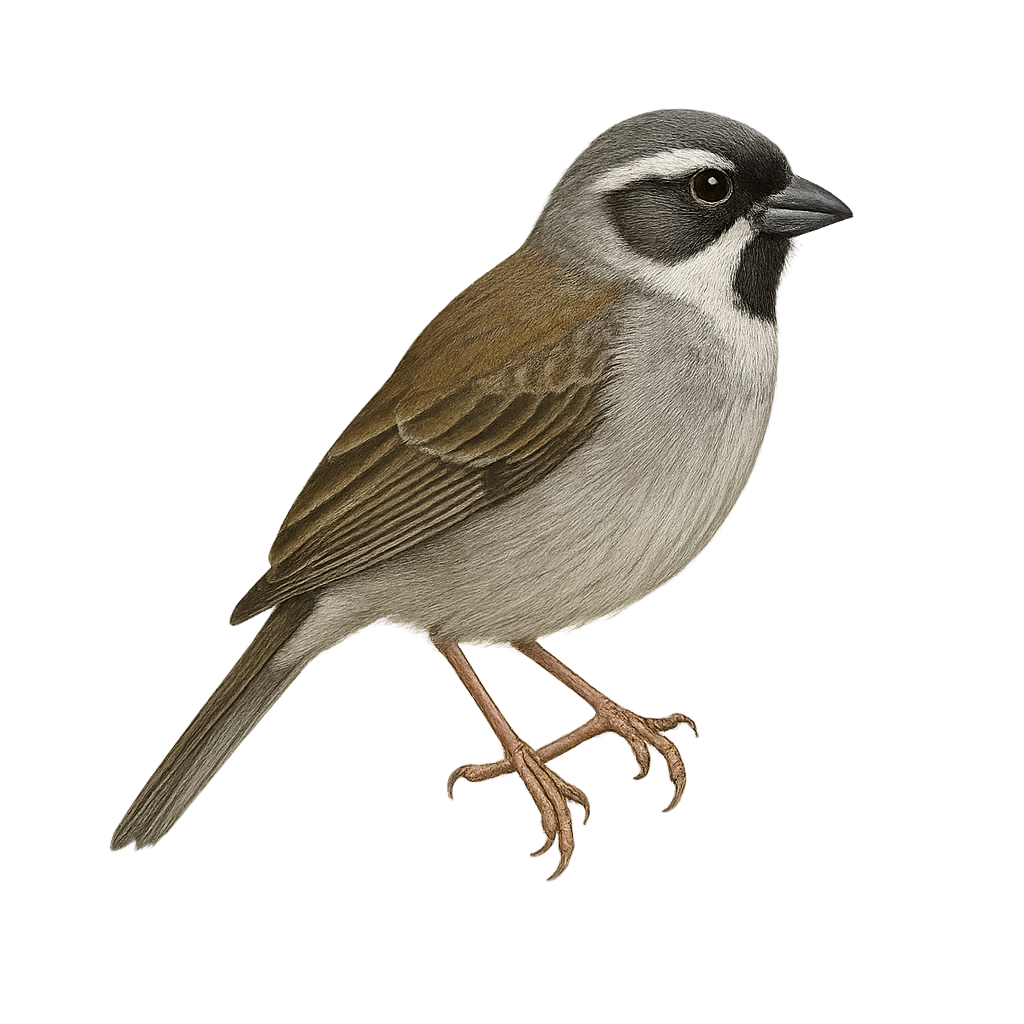Your wildlife photography guide.
Explore the hispaniolan sparrow in detail, study its behavior, prepare your shots.
Where to observe and photograph the hispaniolan sparrow in the wild
Learn where and when to spot the hispaniolan sparrow in the wild, how to identify the species based on distinctive features, and what natural environments it inhabits. The WildlifePhotographer app offers tailored photography tips that reflect the hispaniolan sparrow’s behavior, helping you capture better wildlife images. Explore the full species profile for key information including description, habitat, active periods, and approach techniques.
Hispaniolan Sparrow
Scientific name: Poospiza hispaniolensis

IUCN Status: Least Concern
Family: THRAUPIDAE
Group: Birds
Sensitivity to human approach: Suspicious
Minimum approach distance: 10 m
Courtship display: April to May
Incubation: 13-15 jours
Hatchings: April to June
Habitat:
Mountain forests, shrublands, open grasslands
Activity period :
Primarily active during the day, with peak activity in the morning and late afternoon.
Identification and description:
The Hispaniolan Sparrow is a small passerine bird belonging to the Thraupidae family. It is primarily found in the mountainous regions and high-altitude forests of Hispaniola, which includes Haiti and the Dominican Republic. This bird is characterized by its brown-gray plumage with lighter shades on the belly and distinctive markings on the head. It is often seen in small groups, feeding on seeds and insects. The Hispaniolan Sparrow is a resilient bird, capable of adapting to various habitats, although it prefers wooded areas. Its population is stable, but it remains vulnerable to environmental changes and deforestation.
Recommended lens:
400 mm – adjust based on distance, desired framing (portrait or habitat), and approach conditions.
Photography tips:
To photograph the Hispaniolan Sparrow, it is advisable to use a 400mm lens or longer to capture precise details without disturbing the bird. Look for areas where they feed, such as mountain forests or open grasslands. Be patient and discreet, as these birds can be suspicious. Use a tripod to stabilize your camera and wait for the right moment to capture the bird in its natural habitat, taking advantage of natural light to highlight the details of its plumage.
The WildlifePhotographer App is coming soon!
Be the first to explore the best nature spots, track rutting seasons, log your observations, and observe more wildlife.
Already 1 432 wildlife lovers subscribed worldwide

